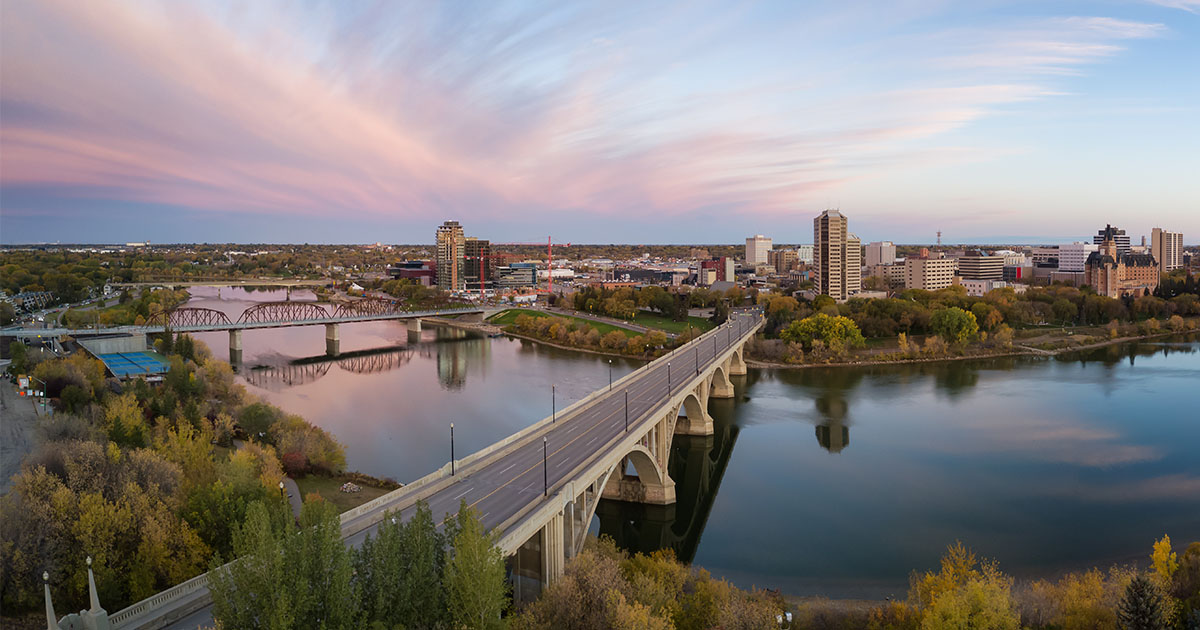How households in Saskatchewan can get ahead of debt

Saskatchewan is seeing a hike in the number of residents filing for insolvency. With the steady rise in inflation figures and aggressive increase in interest rates in the country, Saskatchewan households are feeling the pinch.
According to the latest MNP Consumer Debt Index, conducted quarterly by Ipsos, more than half of Saskatchewan residents say it’s becoming less affordable to feed themselves and their family (52% percent, +2pts). Nearly half are finding it less affordable to put money aside for savings (47 percent, +8pts) and two in five are finding clothing or household necessities less affordable (39 percent, +3pts).
Insolvency filings in the province had been on the rise since 2014, hitting an all time high of 3536 consumer filings in 2019. The pandemic halted this increase and in 2020, filings dropped by 24.5 percent to 2671. During that time, there were various financial relief measures from the government, banks, and businesses which helped cushion the financial blow for many Saskatchewan residents. These measures have come to an end, and we are once again seeing a rise. Based on year-to-date filings, consumer filings have increased 7.8 percent over the past year.
If interest rates and the cost of household necessities continue to increase, more than half of these residents would be in financial distress and would inch closer to insolvency. In addition to these factors, many residents have shared that they were just getting by prior to these cost increases, but now they can no longer maintain living expenses along with their minimum debt payments. Expenses have increased, but income hasn’t.
Dealing with debt
If you’re in debt or dealing with financial pressure, there are a variety of solutions to help you overcome the situation. We will explore some of them:
- Create a budget. Start by making a detailed list of your income, expenses, and savings. Conduct an honest review of the amount you have at your disposal to achieve short term goals such as feeding, transport, and paying for household necessities. Identify variable expenses such as entertainment and travel and find ways to minimize these. You can use a spreadsheet or smartphone app for your budgeting.
- Liquidate your assets. To finance your debt, you may need to sell off some of your high-value assets. Start by separating your liquid assets such as mutual funds, stocks and bonds, retirement investment accounts, money market assets, etc. from your non-liquid assets such as vehicles, jewelry, real estate, and other personal belongings. Determine the worth of both asset types and then decide which of the non-liquid assets will be converted to cash.
- Consolidate your debts. This is a viable option for debt relief. When you consolidate your debts, you combine multiple debts into a single monthly payment with a lower average interest rate on your new loan. You can also work with a certified credit counsellor to negotiate a payment arrangement with your creditors on your behalf.
What can a Licensed Insolvency Trustee do for you?
If you have exhausted the options recommended above or need the help of a professional, it is advisable to speak to a government-regulated Licensed Insolvency Trustee (LIT) who can offer guidance regarding a range of debt-relief solutions including bankruptcies and consumer proposals. The options available will depend on your specific situation as well as what you are comfortable doing once you have a full understanding of all the options. Reaching out sooner than later will provide you with the most options.
You don’t have to face your debt alone, reach out to a professional for support and guidance.

